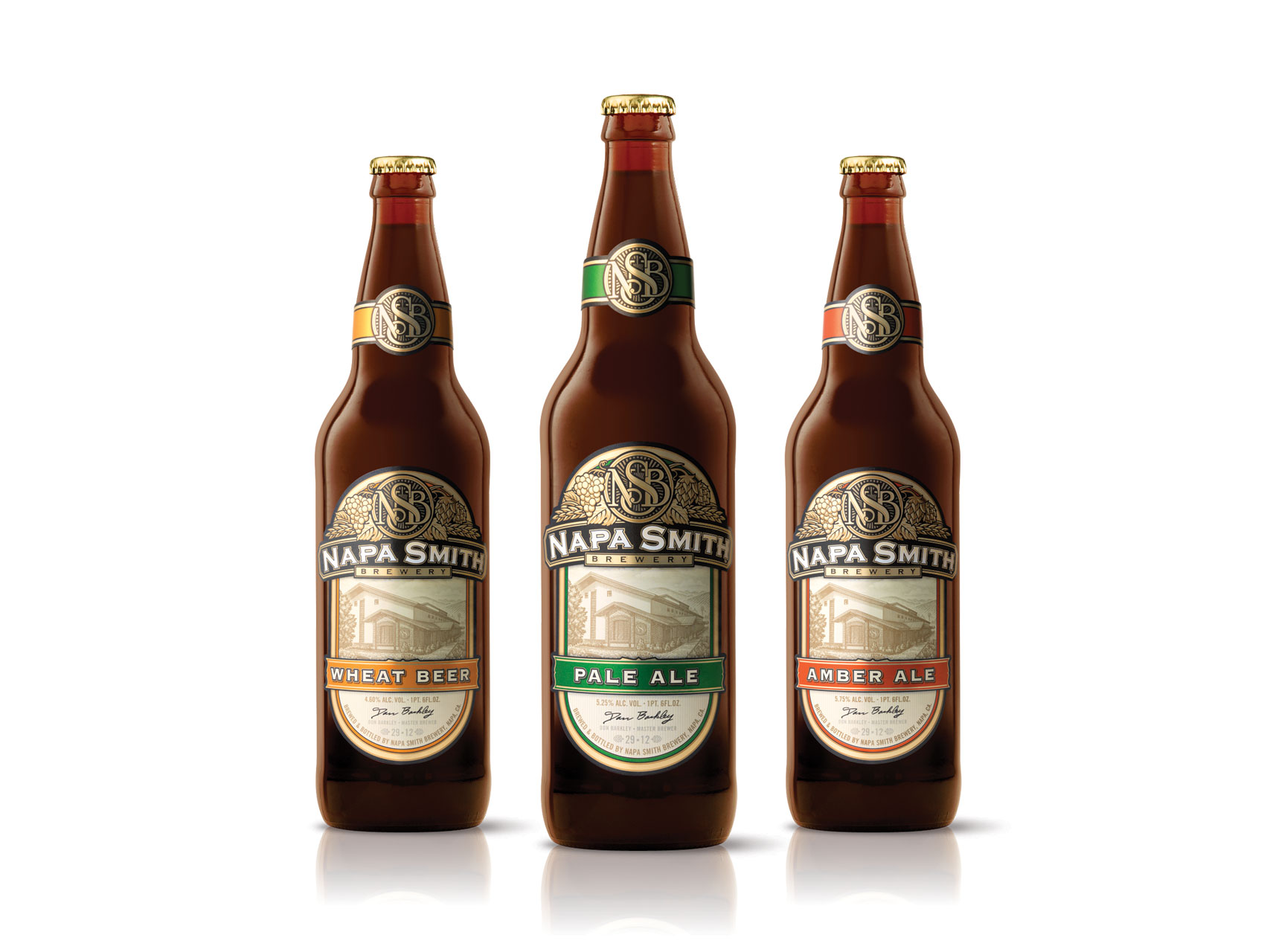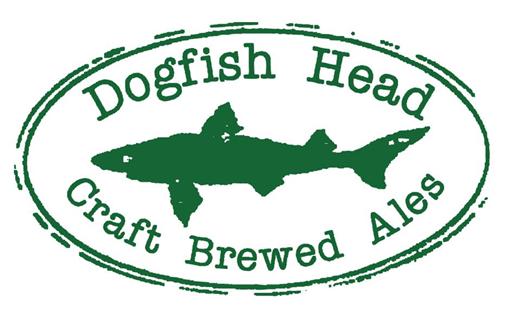
In 18 months, Wallin took Napa Smith from distribution in California alone to placements in 32 states. Soon into the expansion, Wallin realized that the brewery’s quick growth couldn’t match its infrastructure.
“The amount of volume from [500 barrels] to where we would be out of capacity seemed like quite a bit,” Wallin said. “I also figured I’d be able to expand the capacity quicker than I was able to.”
At the National Beer Wholesalers Association (NBWA) convention in Las Vegas, Wallin spoke at a seminar titled “Emerging Brewers and the Business of Craft Beer.” Of those 32 states that the company had expanded into, the company remains active in 10.
“It’s kind of a dormant distribution network, ready to go,” he said.
Just as the craft beer industry’s most ambitious representatives have pushed into new markets, entering states and regions both distant and unfamiliar, many have also found themselves, like Napa Smith, pulling back. Perhaps the best known example was in 2011, when Delaware-based Dogfish Head pulled out of four states amidst claims by founder Sam Calagione that the company was unable to properly supply the markets with enough beer.

Making the calls isn’t as easy for some brewers. In 2010, when Dogfish Head pulled out of Wisconsin, Indiana, Rhode Island and Tennessee, Adam Lambert, the brewery’s vice president of sales, grappled with the ensuing pain, even though he was just making what he deems responsible business decisions.
“It’s probably the toughest three, four days I’ve had in my career,” Lambert said.
Distributors, retailers, consumers, old friends; it was people from these groups that Lambert didn’t want to disappoint. He called each distributor, followed with a letter and took care of any legal paperwork to ease the split. After the deed was done, he said that retailers and consumers voiced their sour feelings on social media, adding to the pain of it all.
However, Lambert knew that he couldn’t forget his core markets on the East Coast. He didn’t want to ship beer elsewhere and risk alienating himself from the same people that built his foundation.
“You’ve got to placate where you started,” Lambert said.
Recent Dogfish Head brewery additions have helped remedy this quandary. By adding the finishing touches on a $50 million expansion to its facility in Milton, Del., which includes about 200,000 square feet of warehouse space, a new brewhouse, bottling line and fermentation tanks, Dogfish hopes to produce about 200,000 barrels this year. With more fermentation tanks, he said that number could grow to 600,000 barrels. The beefed up brewery will help Lambert return the beer to the four states by the end of the year.
Left Hand Brewing Company has experienced a similar string of events, according to Chris Lennert, the brewery’s vice president of operations. Left Hand had pulled out of 12 markets for 18 months, also because of a lack of capacity to meet demand and supply its core markets. Sometimes beer wasn’t shipped for eight to 12 or 13 weeks after an order.
“Some of the distributors that we wind up pulling out of, they either weren’t paying their bills [or] they weren’t focused on us, so some of those are very easy decisions to make,” Lennert said. While some of the decisions might be easy, Wallin said that when it comes to that distribution jump, he still would have done things differently.
“I would rather have raised the capital and been able to be patient about where I wanted to go,” he said. “I still would have taken some risks and gone into some of these markets, I might not have gone into as many,”
While it could take him several years to return to those 22 states, Wallin said that the process of backing away wasn’t too difficult for him. He couldn’t keep pace with demand and needed to make a rational decision. Instead, he said that the hardest part was trying to satisfy distributors and retailers when he was running out of beer.
Easier decisions can be handled with a phone call, but Lennert said he made it a point to sit down with distributors such as Birmingham Beverage in Alabama, which he considers to be a strong partner despite its small size. Lennert told them that the break would be temporary. He soon backed up his words.
Left Hand, which recently finished its own $4 million expansion with a new bottling line, returned to Birmingham in January. Lennert said that his brewery hasn’t pulled out of a market for about a year and a half and considers these experiences as the former trials of breweries at Left Hand’s stage. Yet no matter a brewery’s positioning in its markets, Lennert suggests a consistent message.
“You have to be honest with people,” he said. “You have to say ‘Here’s where we are, here’s what we can make.’”